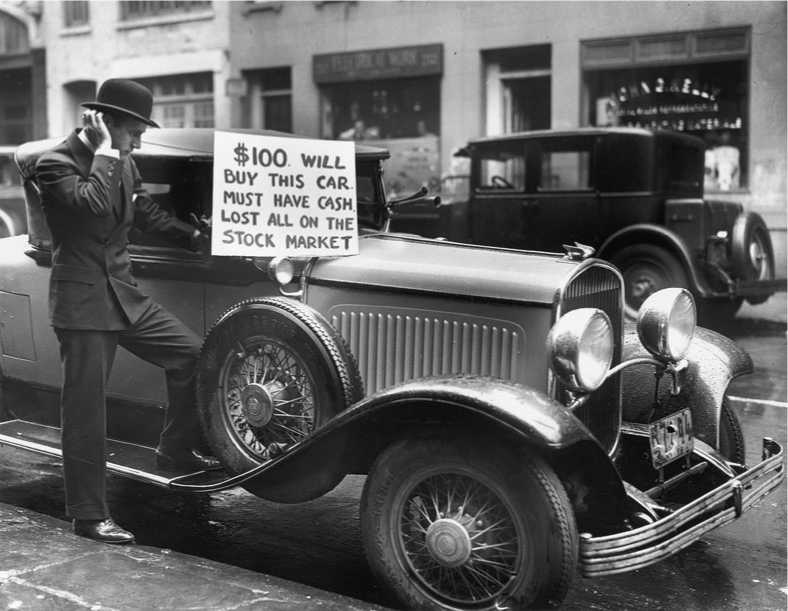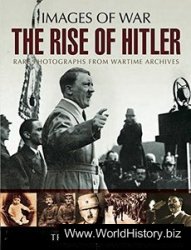In the spring of 1928, prices on the New York Stock Exchange, already at a historic high, began to surge. As the presidential campaign gathered momentum, the market increased its upward pace, stimulated by

Walter Thompson saw his assets evaporate during the stock market collapse in 1929. Desperate for cash (like nearly everyone else) he offered his snappy roadster for $100.
The candidates’ efforts to outdo each other in praising the marvels of the American economic system. “Glamour” stocks skyrocketed—Radio Corporation of America rose from under 100 to 400 between March and November. A few conservative brokers expressed alarm, warning that most stocks were grossly overpriced. The majority scoffed at such talk. “Be a bull on America,” they urged. “Never sell the United States short.”
During the first half of 1929 stock prices climbed still higher. A mania for speculation swept the country, thousands of small investors putting their savings in common stocks. Then, in September the market wavered. Amid volatile fluctuations stock averages eased downward. Most analysts contended that the stock exchange was “digesting” previous gains. A Harvard economist expressed the prevailing view when he said that stock prices had reached a “permanently high plateau” and would soon resume their advance.
On October 24 a wave of selling sent prices spinning. Nearly 13 million shares changed hands—a record. Bankers and politicians rallied to check the decline, as they had during the Panic of 1907. J. P. Morgan, Jr., rivaled the efforts of his father in that earlier crisis. President Hoover assured the people that “the business of the country. . . is on a sound and prosperous basis.” But on October 29, the bottom seemed to drop out. More than 16 million shares were sold, prices plummeting. The boom was over.




 World History
World History









